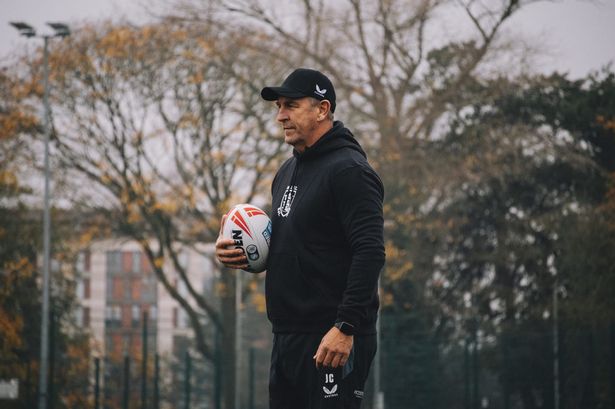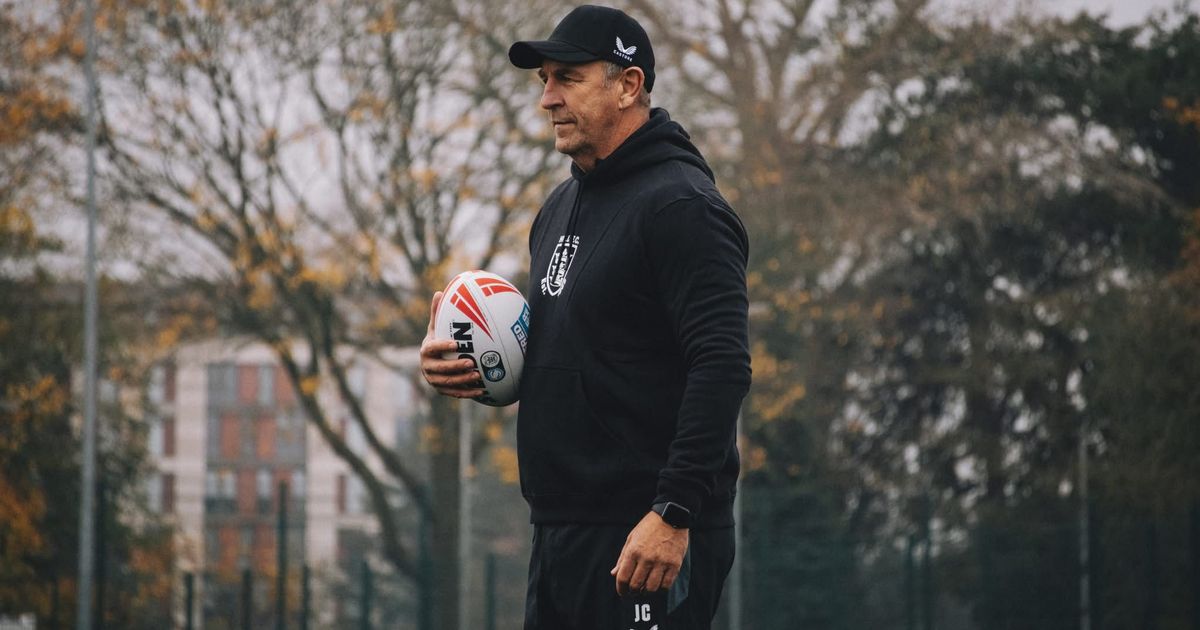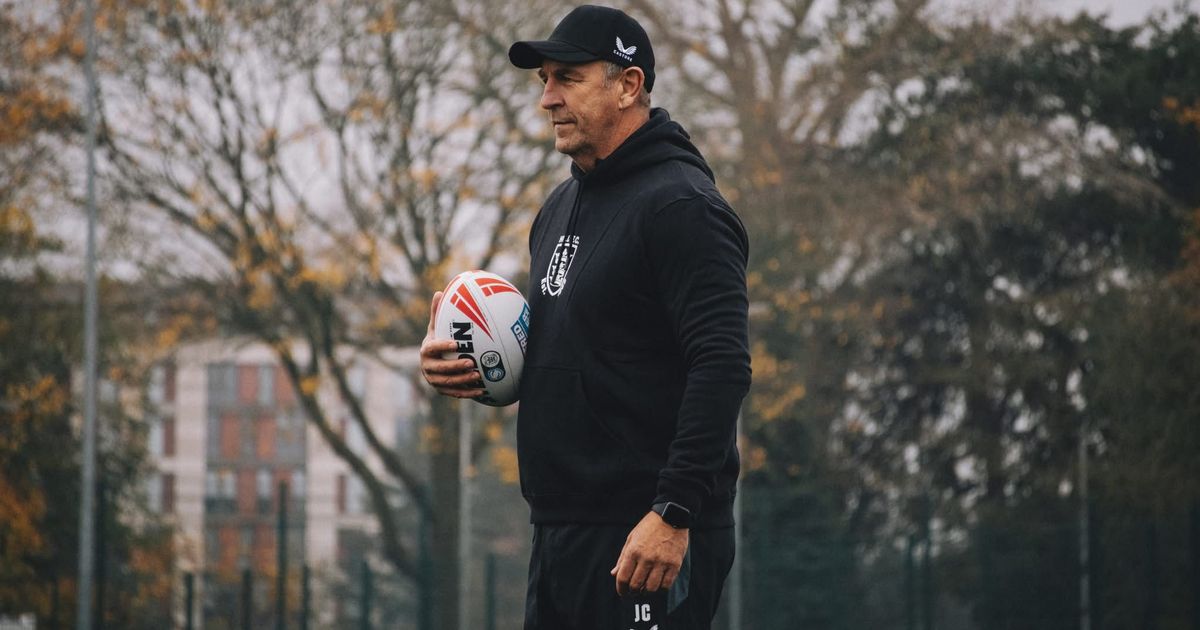

Hull FC have found a grass pitch to train on, with the first team squad back training on the more favourable turf this week. Working in tandem with the East Riding FA, the club are now using the irrigated surface at the Roy West Centre, next door to the club’s University of Hull training base.
With the football season over, the county FA has kindly lent Hull use of their facility, which head coach John Cartwright has compared to the surfaces they train on come gameday. Already, it is making a difference, with players noting the soft nature of the grass, enabling more thorough sessions as the side prepares for their latest opposition, Salford Red Devils, this Sunday afternoon.
The club have been unable to train on the hardened grass pitches at their university site this year and have instead used the 4G surface. However, a permanent solution for the rest of the season is now most welcome, with continuity key to avoiding injuries and the like.
Speaking on the Roy West Centre training pitch, Cartwright said: “We normally train at the back, but the excessively dry weather has not let us get down there. It’s too hard. We’ve trained on the 4G up to this week, and now we’re on grass.
“We just had to wait until we got the right field to train on, and now that’s popped up. We’ve got a grass field that is irrigated, and that’s always been the plan from day one—it’s just that we didn’t have a grass field to go to.
“It’s a consistent surface, it’s flat, and it’s got a bit of give in it. It’s like the surfaces we play on. The thing that’s been recommended is that you don’t keep changing your surfaces, so until we came up with a decent grass pitch, we had to work away on the 4G, and now this has become available—I think it’s made a difference with what we’re able to do. Moving forward, it will be a handy asset for what we want to do for the rest of the year.”
The move to grass is hoped to be another step in injury prevention—although in a brutal sport, there are no guarantees, with John Asiata and Will Pryce going down with hamstring injuries last month and Liam Watts suffering a fresh knee blow this week. Though the club insists they are taking every precaution and leaving ‘no stone unturned’ in their monitoring of their players, with Jed Cartwright and Jordan Lane also hoped to be back within the next couple of weeks or so.
“We don’t think it (injuries) is a major issue,” Cartwright said. “If you look around at the competition, there are plenty of soft tissue injuries. The game is getting faster, athletes are getting bigger, and they’re hitting harder, and that just leaves us with more injuries. We track them. We do everything we possibly can to minimise it. But it’s the nature of our game.
“Injuries make or break your season, so you’ve got to treat your players the best you possibly can—we’ve been doing that. There’s no stone unturned in trying to keep our players on the field and avoid injuries; we spend a lot of our week doing that, but again, the nature of our game says that won’t happen. But every time we can do something to make the environment better, we do.”
As for training now, with 13 rounds of the season to go after the competition hit its midway point last week, Cartwright added: “You’ve just got to be adaptable; training loads come down a bit. We’re in the middle of the season, so if they haven’t been playing, they’ve been getting worked hard in rehab. Fitness isn’t a problem at this stage; it’s managing your group and trying to avoid injuries and doing enough to keep them fresh every week.”


